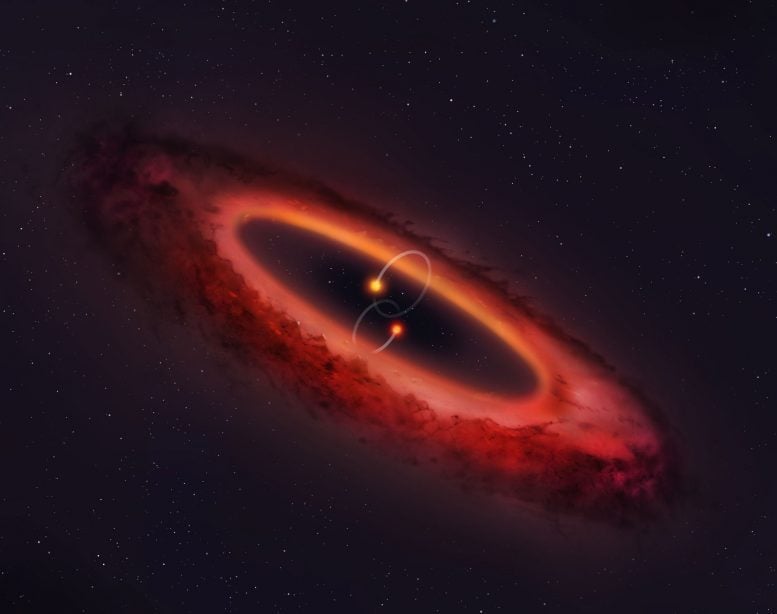
View of the double star system and surrounding disc. Copyright and credit: University of Warwick/Mark Garlick
New research that included astronomers Luca Matra and David J. Wilner of the Harvard-Smithsonian Center For Astrophysics has found the first confirmed example of a double star system that has flipped its surrounding disc to a position that leaps over the orbital plane of those stars. The international team of astronomers used the Atacama Large Millimeter/sub-millimeter Array (ALMA) to obtain high-resolution images of the Asteroid belt-sized disc.
The overall system presents the unusual sight of a thick hoop of gas and dust circling at right angles to the binary star orbit. Until now this setup only existed in theorists’ minds, but the ALMA observation proves that polar discs of this type exist, and may even be relatively common.
The new research is published today (14 January 2019) by Royal Society University Research Fellow Dr. Grant M. Kennedy of the University of Warwick’s Department of Physics and Centre for Exoplanets and Habitability in Nature Astronomy in a paper entitled “A circumbinary protoplanetary disc in a polar configuration.”
Dr. Grant M. Kennedy of the University of Warwick said:
Discs rich in gas and dust are seen around nearly all young stars, and we know that at least a third of the ones orbiting single stars form planets. Some of these planets end up being misaligned with the spin of the star, so we’ve been wondering whether a similar thing might be possible for circumbinary planets. A quirk of the dynamics means that a so-called polar misalignment should be possible, but until now we had no evidence of misaligned discs in which these planets might form.
Dr. Kennedy and his fellow researchers used ALMA to pin down the orientation of the ring of gas and dust in the system. The orbit of the binary was previously known, from observations that quantified how the stars move in relation to each other. By combining these two pieces of information they were able to establish that the dust ring was consistent with a perfectly polar orbit. This means that while the stellar orbits orbit each other in one plane, like two horses going around on a carousel, the disc surrounds these stars at right angles to their orbits, like a giant Ferris wheel with the carousel at the center.
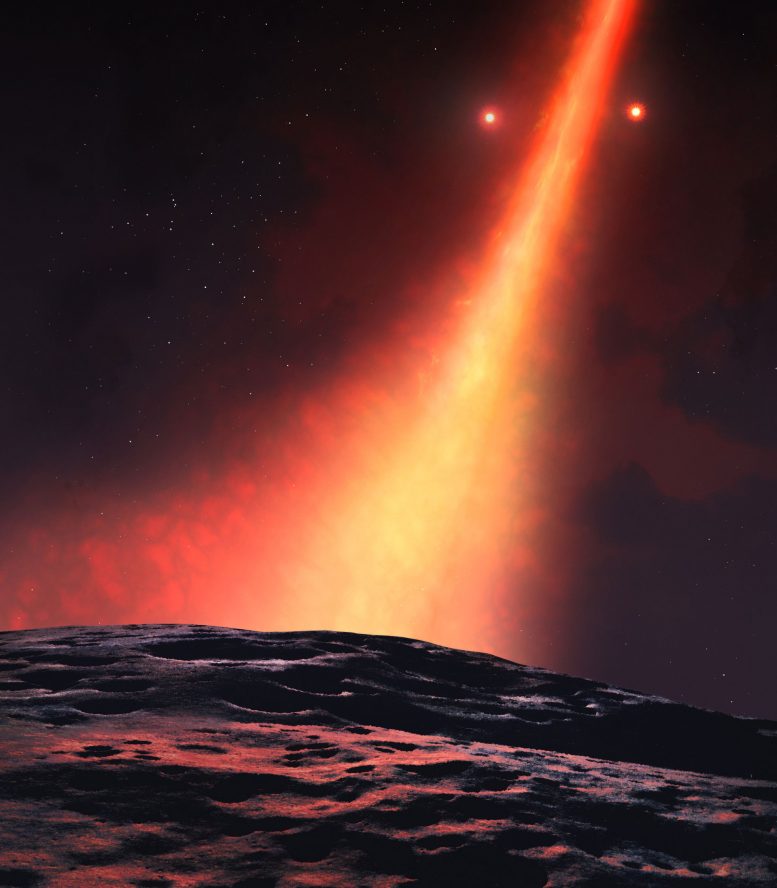
View from the surface of an orbiting planet. Copyright and credit: University of Warwick/Mark Garlick
Dr. Grant M. Kennedy of the University of Warwick added:
Perhaps the most exciting thing about this discovery is that the disc shows some of the same signatures that we attribute to dust growth in discs around single stars. We take this to mean planet formation can at least get started in these polar circumbinary discs. If the rest of the planet formation process can happen, there might be a whole population of misaligned circumbinary planets that we have yet to discover, and things like weird seasonal variations to consider.
If there were a planet or planetoid present at the inner edge of the dust ring, the ring itself would appear from the surface as a broad band rising almost perpendicularly from the horizon. The polar configuration means that the stars would appear to move in and out of the disc plane, giving objects two shadows at times. Seasons on planets in such systems would also be different. On Earth they vary throughout the year as we orbit the Sun. A polar circumbinary planet would have seasons that also vary as different latitudes receive more or less illumination throughout the binary orbit.
The full research team for this paper also included: Dr. Grant M. Kennedy of the University of Warwick’s Department of Physics and Centre for Exoplanets and Habitability as lead author and; Stefano Facchini of the Max-Planck-Institut fur Extraterrestrische Physik; Julien Milli of the European Southern Observatory (ESO); Olja Panic of the School of Physics & Astronomy, University of Leeds; Daniel Price of Monash University’s Centre for Astrophysics (MoCA) and School of Physics and Astronomy; and Mark C. Wyatt, and Ben M. Yelverton of the Institute of Astronomy, University of Cambridge. This press release was first prepared by the University of Warwick.
Reference: “A circumbinary protoplanetary disk in a polar configuration” by Grant M. Kennedy, Luca Matrà, Stefano Facchini, Julien Milli, Olja Panić, Daniel Price, David J. Wilner, Mark C. Wyatt and Ben M. Yelverton, 14 January 2019, Nature Astronomy.
DOI:10.1038/s41550-018-0667-x

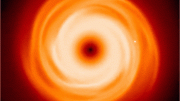
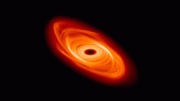
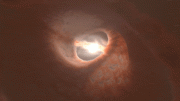
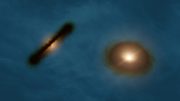
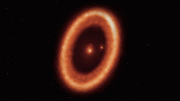
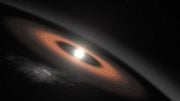
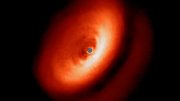
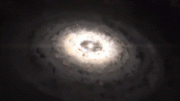
Be the first to comment on "Astronomers Discover Double Star System That Flipped Planet-Forming Disk"